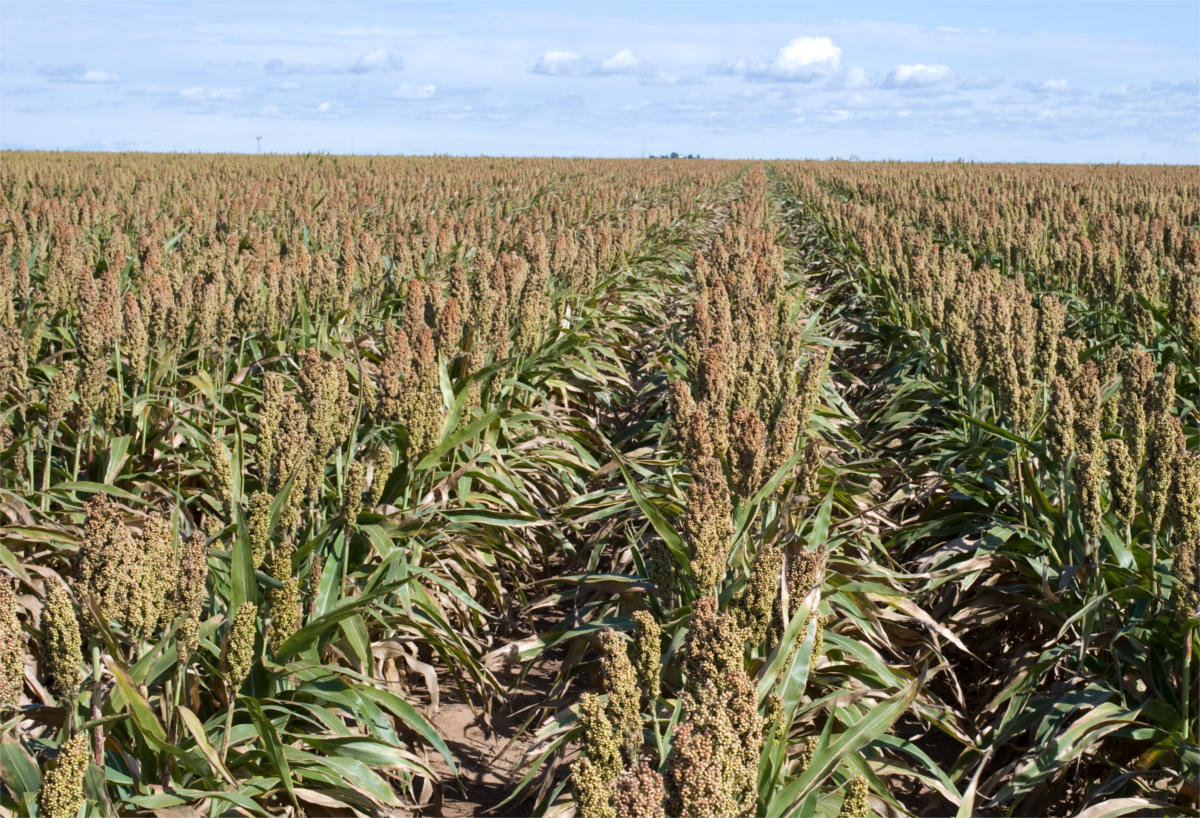Ethanol often dominates headlines in the bioeconomy. Because of this pervasiveness, non-fuel bioproducts are sometimes overshadowed and even underappreciated. However, these products and the value they add to farmers’ bottom lines should not be overlooked. They offer stability and significant additional value, often in the complete absence of policy support.
An early example of capturing additional value within the context of the bioeconomy was corn oil extraction employed at ethanol plants. The idea behind this concept is separating each individual fraction of a kernel of grain and marketing these fractions separately. This way, a dairy that does not need additional fat in its ration does not have to pay for this fraction to access the protein in distillers grain. Conversely, a feedyard that does not need additional protein can buy all the fat it needs separately in the form of extracted oil. A larger oil supply lowers the price of inputs for biodiesel producers, as well.
This is the type of synergy that underpins the bioeconomy. It is also the type of synergy National Sorghum Producers and the sorghum checkoff have been working to capture for sorghum growers across the country. Fortunately, sorghum has several unique properties that make it a valuable component of the bioeconomy. Its high-protein content is well-known, and given China needs an increasing amount of protein to feed its burgeoning middle class, this will be a huge asset for the foreseeable future.
Similar to carnauba wax
What else does sorghum have going for it? Aside from its protein content, its oil contains a large amount of wax. In fact, sorghum contains about 50 times more wax than corn. While managing extra wax is a challenge for ethanol producers, the value this fraction could provide is not insignificant. Sorghum wax is very similar to carnauba wax — the same wax with which you may have waxed your car or even your tractor recently. Carnauba is among the world’s finest waxes, and it is not cheap. See for yourself on your next trip to the auto parts store. A few ounces might cost as much as $10.
Given wax is an obstacle for ethanol producers extracting oil from sorghum, there is a big incentive for sorghum end-users to begin producing wax. Not only will this directly add value through sales of wax, but also it will indirectly add value through improved sorghum oil and sorghum distillers grain quality. Among the winners will be sorghum farmers, ethanol producers, livestock feeders, bio-diesel producers and the many other participants along these supply chains — marketers, wax producers, equipment manufacturers and anyone employed by these businesses.
Furthermore, many high-value natural waxes are obtained almost exclusively through imports. While U.S. sorghum farmers are some of the country’s biggest trade beneficiaries, they also see the value in providing homegrown products and taking every opportunity to get closer to domestic customers. This may be the bioeconomy’s most important selling point: It brings jobs home while creating synergistic value as only the diverse fruits of U.S. farmers’ labor could.
How can farmers get involved? There will be significant opportunity to invest in value-added projects very soon. Wax could provide this opportunity, but so could any number of value-added feed or other industrial products. In the short term — and most importantly — sorghum farmers should be ready to tell their story and the story of U.S. agriculture.
Chris's columns appear in Kansas Farmer magazine monthly. You can view this column published in the online edition here.

